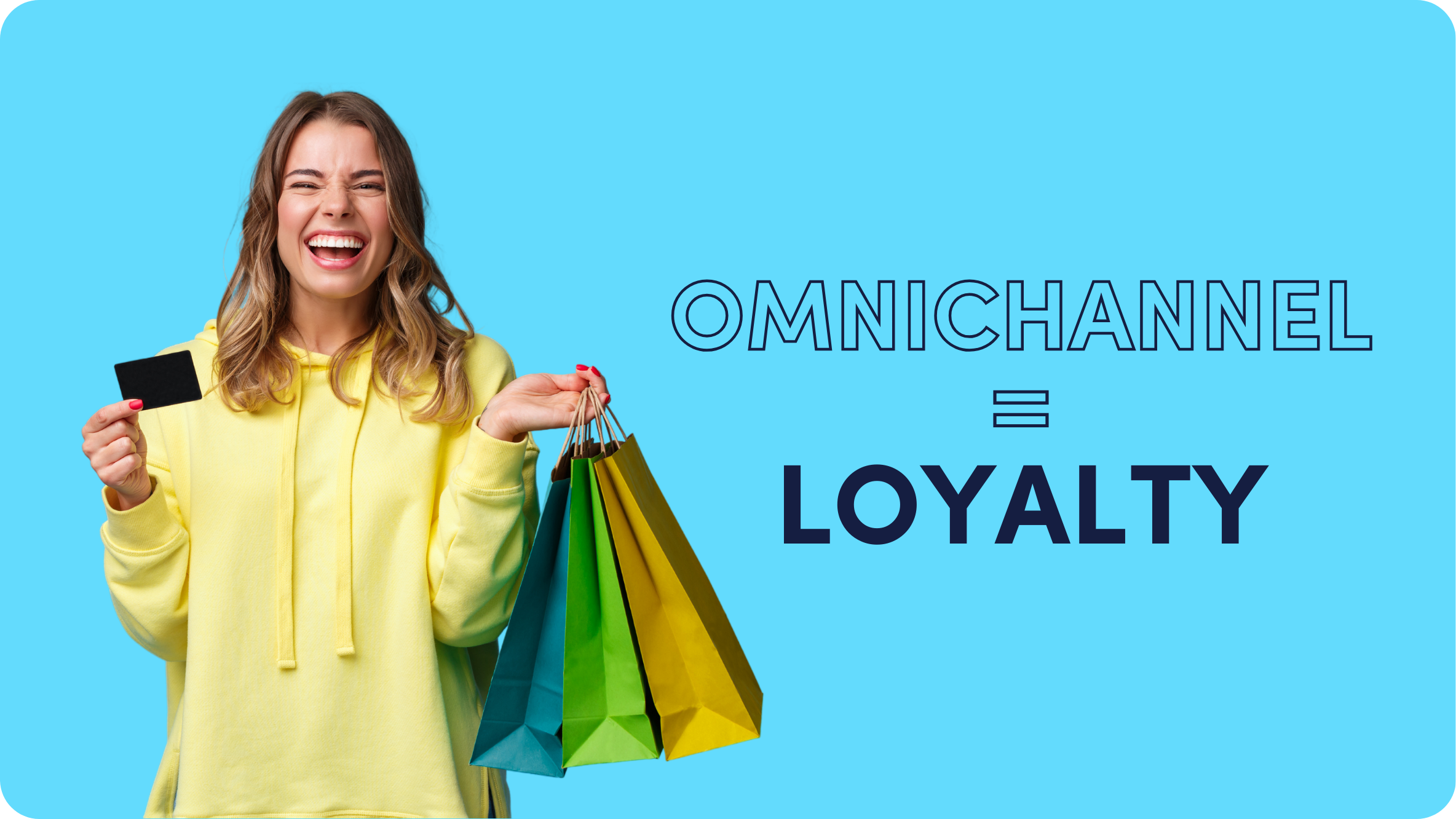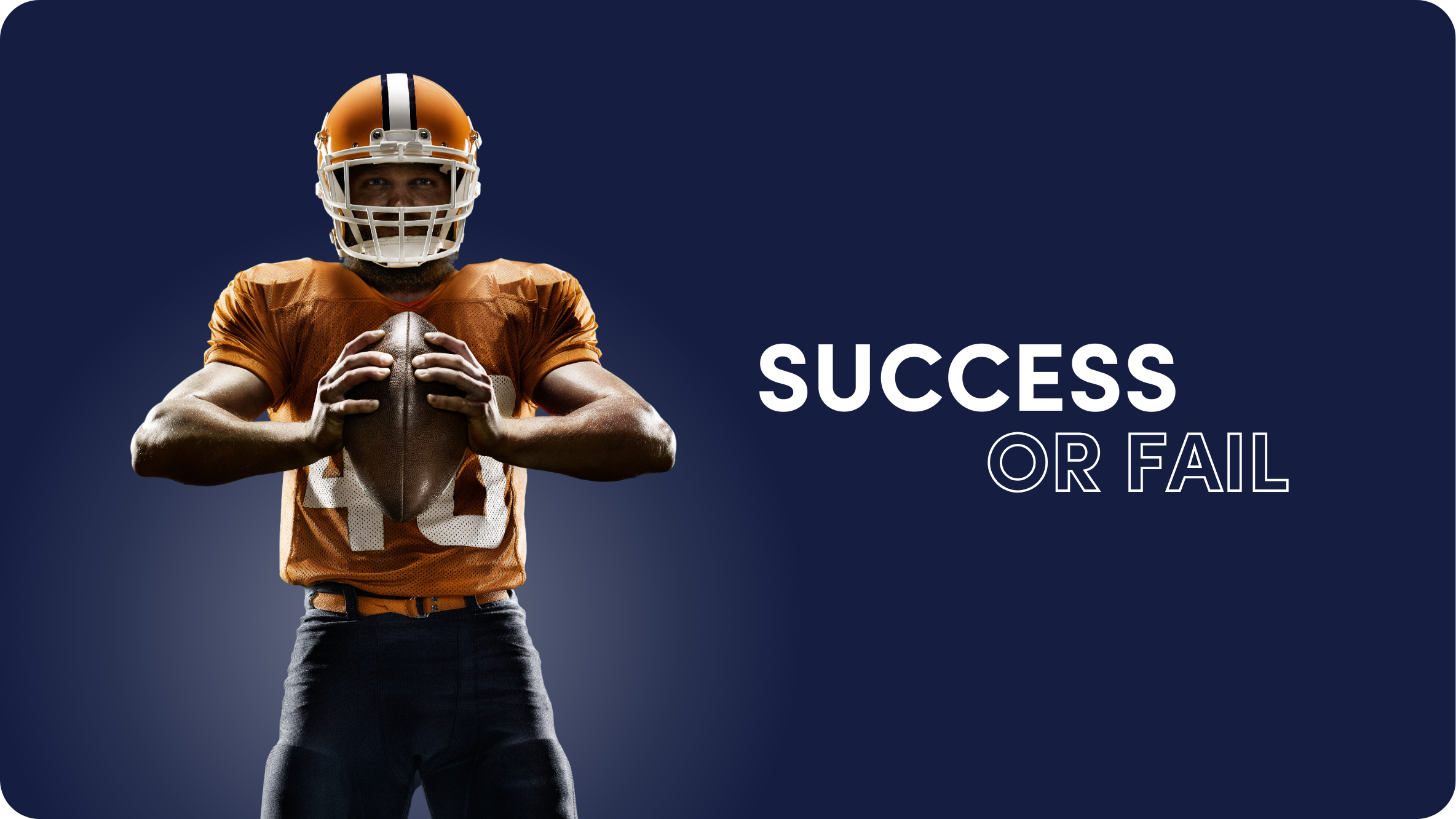Brand Marketing Strategy: The Full Story

Branding, marketing, brand marketing? Confused? That’s understandable.
For companies to compete off and online and among target audiences overloaded with ads and information, it’s vital to grasp the differences and overlaps between branding and marketing, and how brand marketing stands on its own. From there, you can build the foundations for a strong brand marketing strategy.
So let’s start at the beginning with a deep dive into the full story of brand marketing, what it is, how it differs from branding and marketing, and how to do it for your company.
What is Branding?
Branding is who you are, your company’s identity, personality, and values. Branding should be reflected in everything you do, from product development to marketing, employee relations to office design. In order to determine who your brand is, you need to ask yourself several questions. These are an excellent place to begin:
- What are your core principles and values?
- What is your mission statement?
- What inspired you to build your business?
- Why do you want to offer your products or services to your target audience?
- What makes you unique?
- What is your internal company culture?
- What is your professional sense of style?
- What are your communication characteristics?
- What do you want to come to mind when someone hears your business name?
- How do you want people to feel when they think of your business?
- How do you want customers to describe you as a company?
Answering these questions will help you to craft a full sense of your brand and what you want it to reflect. Make sure to dig deep. Bounce them off your colleagues and professional mentors. You’ll probably notice that all of the questions are related to your internal culture and operations. Branding is what you build on the inside, and that is what will emanate externally to the market and target audience.
Remember, branding is not an overnight process. Businesses can spend significant time and resources in developing and fleshing out their brand. Many turn to specialized branding agencies to help them through the process. But here’s why it is so important, and how it connects to marketing: Your branding cultivates what your customers will come to expect of you, and what they experience when interacting with your business or products. And your brand will be the base for all your marketing efforts, and every way you connect with customers.
What is Marketing?
While branding is your identity, marketing is all the tactics and goals used to communicate that identity, build relationships with customers, and drive sales.
Marketing is continually changing and evolving, as new tools and channels arise, along with the changes in your offerings to customers, like updated products or expanded services. Marketing tactics and campaigns can and should be adapted for targeting different segments of your audience, but at the same time, supports the core values and identity of your brand. That never changes.
Marketing encompasses a broad mix of methods and channels, both online and offline, including:
- SEO
- Content strategy
- Social media
- Email marketing
- Paid Advertising
- Mobile marketing
- Native advertising
- Video marketing
- Holiday marketing
- TV/radio
- Podcasts
- OOH (Out of Home): ie, billboards
Branding vs Marketing
Have you ever considered the difference between branding and marketing? If so, you are not alone. You may even wonder why you need to worry about branding at all if you are deep into marketing, or vice versa. The thing is, branding and marketing are connected, but also separate. In today’s competitive marketplace, you need to differentiate your business and products from all the others. And to do that, you need both strong branding and strong marketing.
When it comes to branding vs. marketing, think of it like this: branding is who you are, while marketing is how you draw consumers to you. While marketing methods come and go, and may even change from year-to-year, or season to season, your brand will always remain constant.
There’s another way that marketing and branding are different, and that is conversions. Marketing is mostly measurable and attributable, and typically demands the use of KPIs to prove its performance and value. The power of branding is generally harder to quantify and measure, and it is therefore not so strongly connected to KPIs. (Even so, branding is becoming more measurable via various online tools and methods. Take a look at how Karcher vacuum cleaner brand was able to measure an 81% lift in brand recognition via Outbrain native ads).
Brandformance Marketing: The New Frontier
Recently, a new concept has emerged in digital marketing, called ‘brandformance marketing’. Brandformance is a merging of the more fluid, qualitative process of branding with the measurable, quantitative approach of performance marketing.
Performance marketing is usually associated with hard, defined campaign goals, such as conversions and purchases; these are bottom-funnel campaigns. Brandformance takes the typical performance or PPC campaign and adapts it for brand awareness and other top-funnel and mid-funnel goals.
Brandformance is becoming popular on platforms like TikTok, where video KPIs can be applied to brand campaigns. Onyx by Outbrain™ is a dedicated branding and performance platform that is already working with some of the world’s leading brands, and gaining impressive results in measuring and increasing attention metrics – the level of attention that the audience pays to online advertisements. In a recent Onyx branding campaign, Toyota saw an increase of over 40% in attention compared to the benchmark.
What is Brand Marketing?
Ok, so now we have established what is branding, what is marketing, and how they are different, let’s add more fuel to the fire and introduce the concept of brand marketing.
Brand marketing focuses on marketing a business or product via its brand, so it could be regarded as a subset of the wider arena of marketing, or a blend of both branding and marketing. Here are a few points about brand marketing to create a clearer understanding:
Brand marketing is a long-term strategy.
Brand marketing is not like a PPC campaign or week-long sale that tries to create an immediate return on investment. Brand marketing is a slow-and-steady strategic activity, based on the company’s very essence and authenticity, so it should be seen as a long game.
Brand marketing takes time to reap fruit.
A brand is not built overnight. Just like it takes time to get to know a new friend, so it will take time for consumers to get familiar with a brand. Brand marketing must reinforce the brand with every campaign or opportunity for exposure. The results will start to roll in and gain momentum only after a few months or even years of activity.
Brand marketing is ongoing and can take many forms.
Because brand marketing works in the long term, it must be practiced continually and should encompass different methods and tactics. There is no one way to build brand awareness – that’s why marketers tend to use several different tactics and channels that are suitable for the goals of brand marketing, such as video advertising, native advertising, or community sponsorships.
The overarching goal of brand marketing is to grow the business.
Although there are many ways to do brand marketing, and many goals that you might want to achieve (ie. build brand awareness, increase views of a branding video on social media), the ultimate purpose of brand marketing is to get exposure, stand out in the marketplace, gain customers, and grow the business. So while brand marketing might seem grand and broad, don’t forget its purpose is very concrete (and part of the overall marketing strategy).
Because it is so tightly bound to a business’s identity and authenticity, brand marketing is vital to building trust and loyalty among consumers. That’s why brand marketing is an invaluable part of a company’s overall marketing strategy and efforts to acquire and retain customers, even if it takes time, and even if the results are not instantly measurable. Fact is, you can’t put a price on positive consumer sentiment, and that’s what brand marketing is all about.
Brand Marketing Strategy
Every marketing activity requires a strategy in order to get the best possible results. This means devising a goal and a plan, executing it, and measuring the results to optimize for the future. Brand marketing is no different. Let’s take a deeper look at brand marketing strategy and how to do it.
What is a brand marketing strategy?
Brand marketing strategy is a long-term plan whose purpose is to increase a brand’s position and positive perception in the market. The strategy can include several media channels, campaign types, and a variety of tactics to reach its goals. These may include paid ads, native ads, social media marketing, video marketing, SEO, and search marketing, among others. A solid brand marketing strategy will gather momentum, building on past results to increase its power and influence among the target audiences as time goes on.
How to build a brand marketing strategy?
Here is a basic breakdown of the steps you should follow to build out your brand marketing strategy.
- First, craft your brand. Before diving into brand marketing campaigns, it is essential to define and craft your brand down to the finest detail. This means deciding on your mission, values, brand character, tone of voice, and look and feel. This is the time to develop a brand book if you are planning to have one, which serves as a guide to all the design and creative elements of your branding activities.
- Identify your audiences. A brand can mean different things to different audience segments. For example, a baby equipment brand is perceived differently by new parents than by new grandparents. A brand marketing strategy should consider all the various audience segments, and what the brand messaging should look like for each, all while staying aligned with the brand’s overall vision and values.
- Create marketing messages and assets. Once your brand and audiences are defined, it’s time to develop assets for your brand marketing campaigns. It is always a good idea to diversify your marketing channels. Don’t just run social media ads. Mix it up with other channels, such as native ads, YouTube marketing, or local advertising channels, if you are a local-based business. Start with 2 or 3 campaigns on different channels, and build up from there. Once you’ve decided what campaigns to run with, you can craft the messages, images, and copy as required and according to the specifications of various advertising and social platforms.
- Run, test, and analyze campaigns. Now it’s time to launch the campaigns. Digital campaigns can and should be closely monitored, and their performance analyzed in comparison to the targets you set and industry benchmarks. It’s also a great idea to test campaigns so you can know what is working and what is not. Check out these tips for A/B testing success.
- Optimize your successes and build on them. When you have a clear picture of your campaign performance, you can decide what to pursue to advance your brand marketing even further. For example, if you get good traction on a brand video, then you know the message is working. Then you can create a follow-up video in the same tone. Always check in to make sure you are sticking to your brand identity. It’s the only way to support a solid brand marketing strategy that will have a strong impact in the long term.
How Social Media Impacts Brand Marketing
One of the most powerful impacts on brand marketing is certainly the social media arena. Social networks are where consumers spend a good deal of time connecting with friends and family, getting recommendations for products and services, and engaging with brands. Did you know that 85% of Gen Zers say that social media impacts their purchasing choices? With stats like these, brands can’t afford to not use social media as part of their brand marketing strategy.
Brand marketing on social media is not just about promoting posts or videos. It is an opportunity to interact with customers and to boost brand image by creating positive experiences. This is borne out by surveys as well – 71% of users say they would recommend a brand to family and friends after a positive interaction on social media. For example, responding to messages or comments quickly and effectively makes customers feel appreciated and cared for, and there is no more powerful marketing tactic than that. Think of social media as a two-way communication tool between your brand and customers, and you will ensure it has the most positive and uplifting impact on your brand marketing.
Brand Marketing Examples
Crocs: TikTok advertising
The crocodile-inspired footwear brand has frequent success stories on its TikTok channel, with posts regularly gaining millions of views. The brand has got marketing down to a T, with a wide range of video styles and stories that communicate the Crocs vibe while speaking the language of the target audience. Check out this TikTok short promoting the Croc western boot – “sometimes you wanna be a cowboy, but you wanna be comfortable while doin’ it”. The ironic and humorous video has over 6 million views to date.
BMW: Video advertising
This video ad by BMW is an incredible example of how to communicate the sense of a brand in a smart, cheeky, and unforgettable way. When the long-standing CEO of Mercedes Dieter Zetsche retired, BMW produced an ad featuring a lookalike of Zetsche, showing him saying goodbye on his last day and returning home via a chauffeur-driven Mercedes. Then, he is shown starting his new life of freedom, powering out of the garage in a sleek BMW vehicle. The ad ends with the words “Thank you, Dieter Zetsche, for so many years of inspiring competition.” This ad is unafraid to engage the competition to explore their brand identity and communicate their strength and confidence. Genius brand marketing!
Ferrero Rocher: Brand affinity
This Ferrero Rocher native advertising campaign was specifically aimed at boosting the Ferrero brand around the end-of-year holiday season. The campaign promoted a range of DIY holiday entertaining tips via native placements targeted to relevant audiences. This branded content was highly useful and informative to readers, leading to a significant boost in brand affinity – the emotional connection customers have towards a brand. The campaign resulted in over 100K visits to the Ferrero site, and +8 points average boost to retention rate. This indicates the strengthened brand perception that can be achieved via a content-based native campaign for brand marketing.
Brand Marketing: A Roundup
Hopefully, now you are acquainted with the concept of brand marketing, why it is important, and how to get started. Sure, we had to go back to basics and start off with a refreshed exploration of what is branding and what is marketing in order to understand how they work together in brand marketing. With that knowledge, you’ll be ready to embark on a long-term brand marketing strategy that will grow over time and make your brand a shining star.










